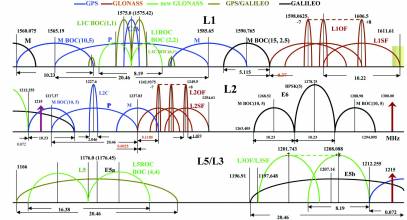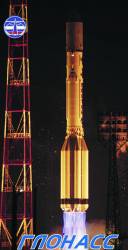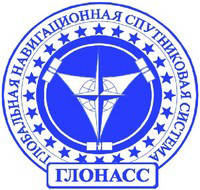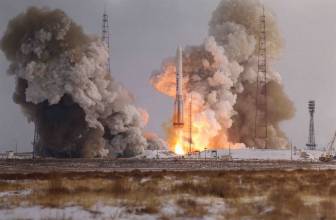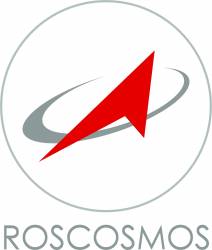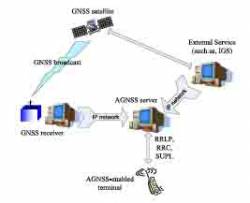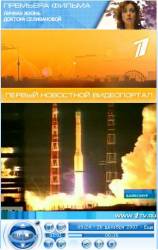Applanix Launches POS AV with Integrated Trimble GNSS, Upgraded DSS RapidOrtho
Applanix has announced the availability of a high altitude tactical mapping option for its DSS RapidOrtho system as well as the integration of the Trimble BD960 GNSS receiver module for its POS AV airborne position and orientation system.
With the GNSS module, POS AV products now support GPS L1/L2 and GLONASS L1/L2 processing, both in real-time and post-mission. The BD960 will also be able to receive and process the next-generation GPS L2C and L5 signals.
By Inside GNSS

